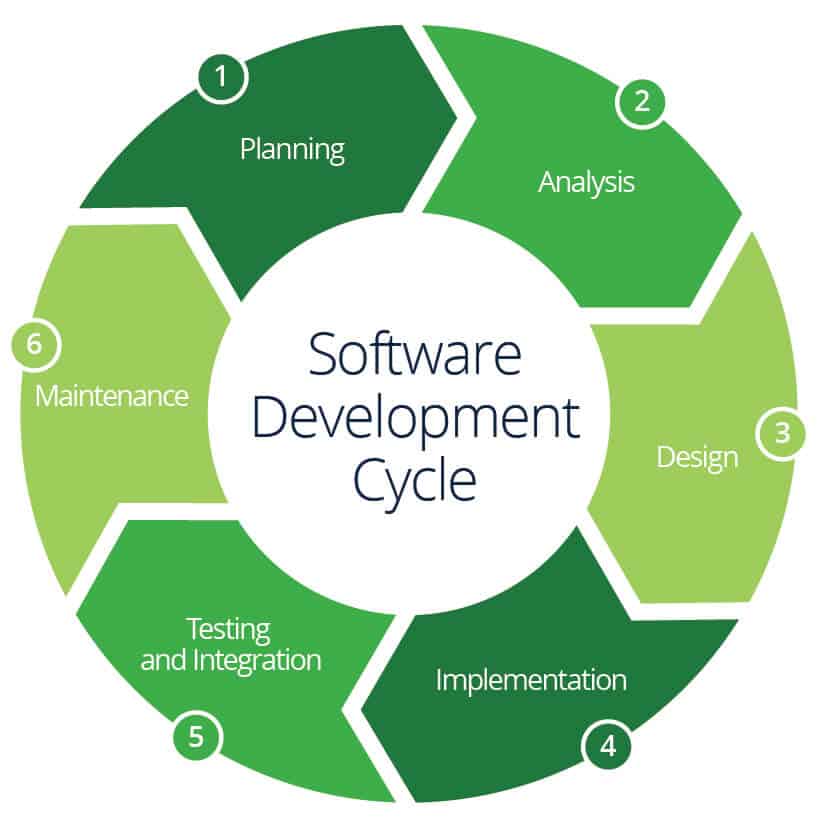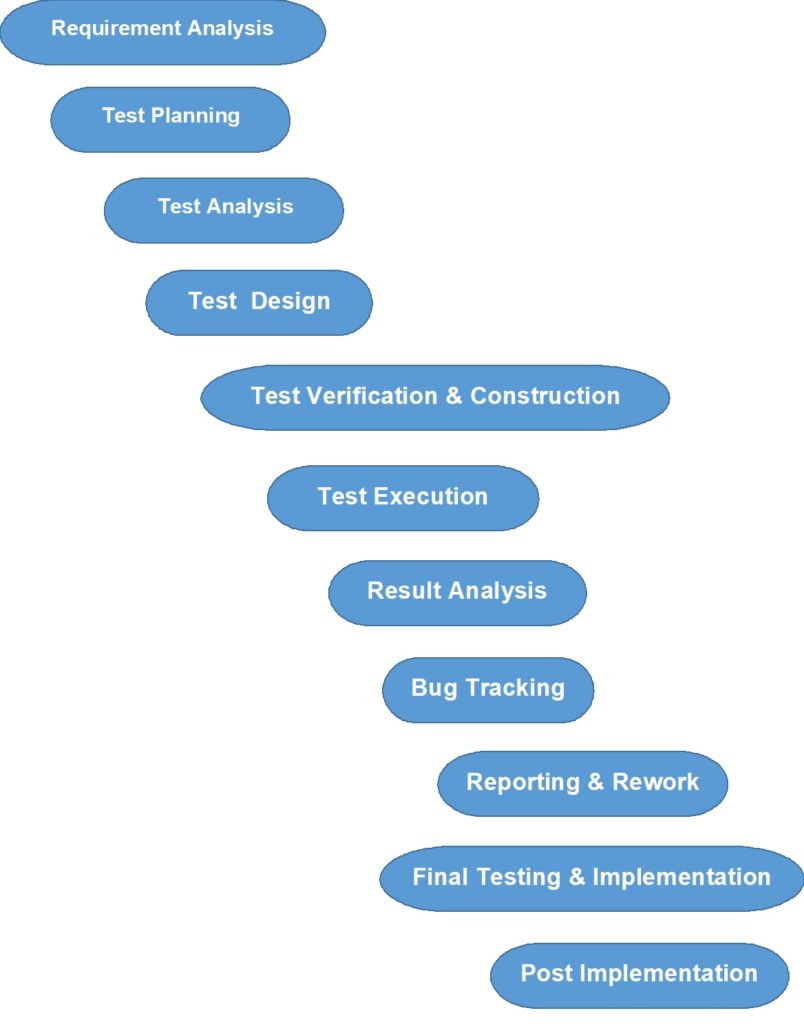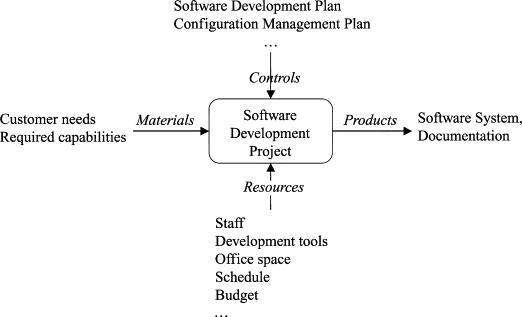Software Projects

Software Projects, in general, do not have a high success rate and are subject to a marvelously wide array of Technology Risks, Political Risks, Requirement Changes, and Marketplace Changes.
Software Project Life Cycle

Software Projects put considerable effort into defining and documenting organizational rules and processes. However, the prescribed processes are not always followed in practice.
Life Cycle Models provide practitioners with fact-based views about their projects. Supporting practitioners with better insights into their processes and systems, these models help them make better data-driven development decisions.

High-level project requirements should be defined and a written project proposal should be submitted. so that understanding is clear for everyone as to what are deliverables and even estimation can be done by creating an appropriate team as per understanding.
A project contract stating all requirements and costing should be signed before the system study starts. The team is formed for different tasks like development, testing, and implementation. Milestones are to be defined before starting actual work on the project.
Following are some of the milestones for software projects for kick-off meeting –
- Setting the starting and completion date of the project
- Key deliverables based on the contract
- Approval from client and stakeholders
- Scheduling important meetings and presentations during the project
- Sign off on completion of the project
- Monitor project progress: Nothing is better than working on a project with deadlines. This can be done by using an effective project management milestone. This helps in acknowledging your team about the important dates and events associated with the project. This surely assists and notifying the team about the requirements and working in a more focused way towards the task assigned to them.
- Meet deadlines: Along with the proper management of the project and its deadline, it is very important to notify the team members about different events like deadlines, presentations, meetings, etc. With the project management software, you would be able to schedule and track all such information at one centralized location. This streamlines the overall business operation thus helping in meeting the task goals in an effective manner.
- Spot important dates: Some of the days in the project tenure there might be some things that interrupt the normal progress of the task. It can be training, absence of potential team members due to some reasons. With the milestone, you can handle such challenges and pay attention to a more specific and accurate estimation of time while defining the deadline of the project.
- Identify project bottlenecks: There are many projects that depend on external team members ( when some modules are outsourced ) or factors to get it done. In that case, it is essential to look at and consider those factors to achieve a marked deadline.
- Evaluate team performance: The milestone in the project management system also helps the project manager in counting the efficiency of the team member and in evaluating their performance.
- Manage risks and assumptions: Every project carries a bit of risk and assumption. To ensure the better mitigation of risks and validation of the assumption it is good to link the project with milestones.
Milestone also helps the manager and team members in understanding the structure of the project. This helps them to understand each step in a better way and also provides better visibility and functioning of the project. Get the right software to implement it in the system, this would help you in achieving your goals in a seamless manner.
Project Management Software can be used to monitor and track progress. In case of any slippages, appropriate action can be taken in time in order to maintain the schedule and complete the project as per the target date.

Risk Management in the case of software projects is very critical since risks are of many types. Project acceptance without signing from the customer is the first major risk as the requirement is not defined.
If the requirement is not defined then problems will occur at all stages of the project lifecycle be it technology selection, user interface reports requirement, and internal team selection.
If risks are not minimized then there are bright chances of escalation and the project not getting completed.
I have managed projects in the field of Retail, Banking and Finance, Construction, Logistics, Human Capital, and e-Governance.
